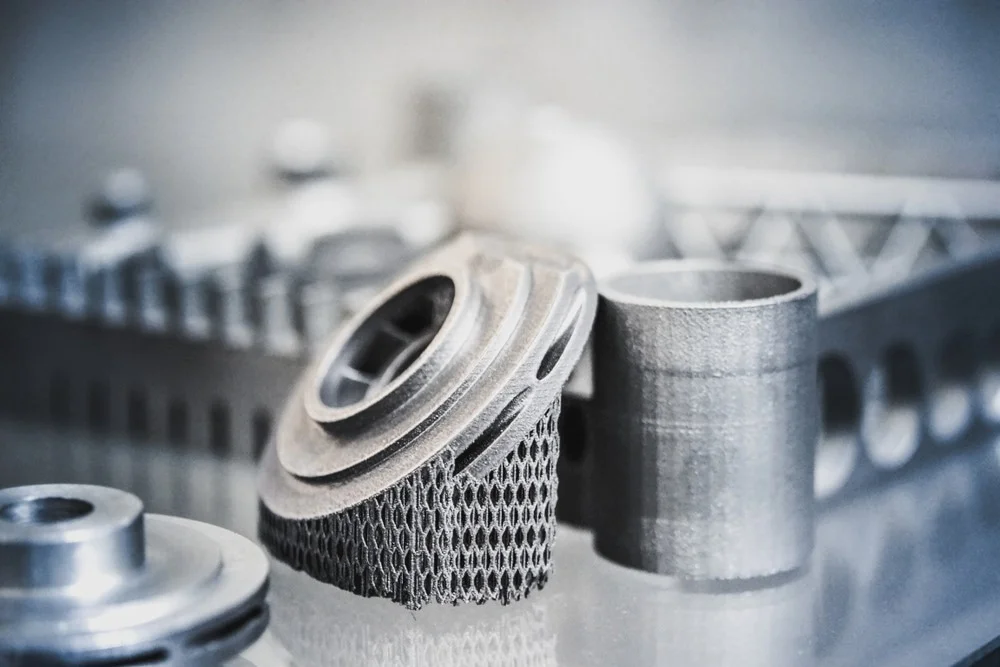ISO 12113 Fatigue Crack Growth Testing at High Temperatures
The ISO 12113 standard is a critical tool in the metallurgical and materials testing sector, particularly for industries where high-temperature components are essential. This service focuses on fatigue crack growth (FCG) testing under conditions that simulate real-world operational environments, ensuring the reliability of materials used in aircraft engines, gas turbines, nuclear reactors, and other high-performance applications.
The process involves subjecting specimens to cyclic loading at elevated temperatures to observe how cracks evolve over time. This method is vital for assessing the durability and integrity of materials under prolonged stress conditions. The testing protocol is designed to follow international standards, ensuring accuracy and consistency across different laboratories.
Testing typically begins with precise specimen preparation, where samples are cut from larger pieces of material using controlled machining techniques. Specimens undergo heat treatment and surface finishing to ensure uniformity in thermal properties and mechanical behavior.
The testing apparatus includes specialized high-temperature furnaces capable of maintaining consistent temperature profiles throughout the test duration. Loading systems apply cyclic stress at predetermined rates, allowing engineers to monitor crack propagation visually or through advanced imaging techniques such as optical microscopy and X-ray radiography.
Acceptance criteria are stringent, with strict limits on allowable crack growth rates before failure occurs. Compliance with these standards is essential for ensuring that components can withstand the rigors of their intended use without compromising safety or performance.
The results from ISO 12113 testing provide critical insights into material fatigue behavior at high temperatures, helping manufacturers optimize designs and select appropriate materials for demanding applications. This service is particularly valuable in sectors where product longevity and reliability are paramount.
Why It Matters
The importance of ISO 12113 testing cannot be overstated, especially in industries reliant on high-temperature components. By accurately simulating real-world conditions, this service helps identify potential weaknesses in materials before they are deployed in operational environments.
- Enhanced Reliability: Ensures that critical components can withstand the stresses and strains of their intended use.
- Safety Assurance: Reduces the risk of failure, which could lead to catastrophic incidents.
- Economic Benefits: Extends component life, reducing maintenance costs and downtime.
- Regulatory Compliance: Demonstrates adherence to international standards, ensuring product acceptance in global markets.
The data generated from ISO 12113 testing is invaluable for research and development teams seeking to innovate and improve existing materials. It also provides a benchmark against which new products can be evaluated, helping companies stay competitive in the industry.
Competitive Advantage and Market Impact
Implementing ISO 12113 testing offers several advantages that can significantly enhance a company's market position:
- Innovation Leadership: Early adoption of this service allows companies to stay ahead in the development of new materials.
- Cost Efficiency: By identifying potential issues early, companies avoid costly failures and rework later in the product lifecycle.
- Better Customer Satisfaction: Products that pass rigorous testing are perceived as more reliable, enhancing customer trust and loyalty.
- Sustainability: Longer-lasting components contribute to reduced waste and environmental impact.
The service also fosters collaboration between research institutions, manufacturers, and regulatory bodies, ensuring a harmonized approach to material testing. This collaborative environment encourages the exchange of knowledge and best practices, driving continuous improvement in the industry.
Use Cases and Application Examples
| Industry Segment | Application |
|---|---|
| Aerospace & Defense | Evaluating turbine blades for jet engines, ensuring they can withstand extreme temperatures without cracking. |
| Nuclear Power | Assessing reactor pressure vessels to ensure long-term integrity under high-temperature conditions. |
| Oil & Gas | Testing pipelines and components for offshore platforms, ensuring they can operate safely in harsh environments. |
| Mechanical Engineering | Evaluating gears and bearings used in industrial machinery to ensure durability under constant stress at elevated temperatures. |
- Thermal Cycling: Specimens are subjected to repeated temperature cycles to simulate the thermal stresses encountered during operation.
- Crack Initiation: Initial cracks are introduced into specimens, and their growth is monitored over time.
- Data Analysis: Crack propagation data is analyzed using advanced software tools to predict material behavior under various conditions.
The results from these tests provide valuable information for optimizing design parameters, selecting appropriate materials, and ensuring compliance with industry standards. This service plays a crucial role in enhancing the reliability and safety of high-temperature components across diverse sectors.





